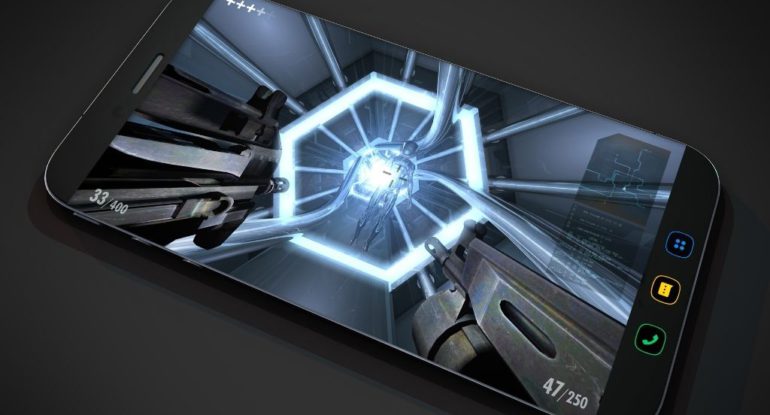How To Incorporate Web3 Gaming Into Your Web 2.0 Strategy

Despite growing interest from Web 2.0 companies, the widespread adoption of web3 and its high level of complexity have many people completely off guard. There were a lot of issues on how to authentically incorporate the technology into Internet 2.0 business models that bring value to the customer and do not compete with present revenue streams. There is also a lot of healthy skepticism: can web3 enable significant new user experiences, or is it just a hype bubble that complicates what Internet 2.0 already made possible?
However, blockchain technology has undeniable inherent value, and the gaming industry is positioned to become the center of adoption.
What Is Web3 Gaming?
Web3 gaming is a decentralized gaming process in which any central authority is removed from a gaming ecosystem or platform’s operations, specifically the ownership of gaming assets and decision-making in all game-related areas.
Blockchain technology is being used to create Web3 games, which give players a voice in how and when the game should change. By providing asset trading, tradeable game tokens, and opportunities for players to earn in cryptocurrencies while playing, Web3 gaming also provides the groundwork for play-to-earn for users and transforms the pay-to-play aspect.
For the gaming industry, Web3 gaming offers fair virtual marketplaces where gamers can access and fully control in-game digital assets. These resources are unique and are kept in the form of gaming NFTs.
By connecting in-game assets and players across platforms, web3 gaming offers extensive interoperability among various gaming ecosystems. The sort of blockchain platform chosen for creating a gaming ecosystem will affect interoperability. For instance, the interoperability capability in cross-chain communication bridges is offered by Polkadot or Solana.
What is web3 gaming and why should I care?, by @afriverse_guild https://t.co/QeXeh6kfd6
— Afriverse Guild (@afriverse_guild) August 22, 2022
Although the economic models for web3 gaming are still unknown, it seems more and more likely that gaming and gamified experiences will drive the subsequent exponential growth in blockchain use. The overall goal of web3 gaming is to give players more control, to compensate them fairly for the value they add, and to lower the barrier so that more players than just the top 0.1% can support themselves through gaming.
Internet 2.0 companies must explore how their brand can coexist in a traditional gaming environment to prepare for the migration to web3 content. If it is successful, web3 gaming will fundamentally alter thousands of people’s career choices and the entertainment industry for almost everyone.
Despite how exciting this opportunity may seem, many Internet 2.0 manufacturers hoping to benefit from web3 games may find it to be a terrifying thought. So, where should we begin?
Also, read – What is GameFi 2.0 And Its Relation With Metaverse
Use baby steps.
Non-gaming companies have realized how effective gaming can be in raising awareness among young audiences. For this kind of activity within their game, as their most recent Balenciaga X Fortnite collaboration, Fortnite has become well renowned.
But the key differentiator in blockchain gaming is that business activity is already incorporated into the game’s core. The participant can transition from model consciousness to conversion with substantially less deviation than during routine games, thanks to comparable activation.



























































